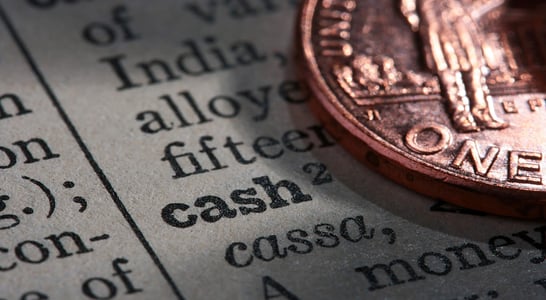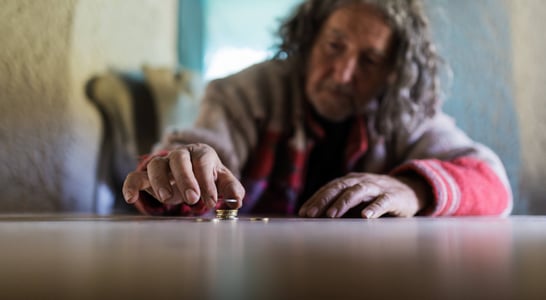
World Savings Day
Thinking about the future and making financial plans is a wise practice. And making a plan by putting a few dollars aside on a regular basis is what World Savings Day is all about.
How to Celebrate World Savings Day
It’s fun – and also rather lucrative – to be a part of World Savings Day! Check out some of these ideas for getting involved in the day:
Open a Savings Account
For those who don’t have a savings account, World Savings Day would be the best time to open one! Depending on the bank, it’s possible to get started with just a small amount of money and then the balance can build as time goes by.
Since it’s the 21st century, now it’s even possible with some banks to open a savings account online – without even needing to step food into the bank.
In any case, it’s a great idea to attach your savings account to your checking account so it’s easy to make regular transfers to help build and grow the amount of money in savings.
Teach the Kids about Saving
An amazing gift that can be given to the next generation is the gift of financial security. When kids start a savings account when they are young, it’s an investment in their future.
Not only does it help them set some money aside for a rainy day, but the bigger investment is the fact that they are learning how to be thrifty and how to save as a disciplined part of life.
Most banks offer a special program for children to have savings accounts that are fee free and don’t have a high limit. So check out a favorite local bank to see the ways it’s possible for kids to get started on World Savings Day!
History of World Savings Day
Established in 1934 in Milan, Italy, during the First International Savings Bank Congress where representatives of 29 countries met, World Savings Day was originally created to promote the idea of being thrifty all over the world. In fact, the original name was World Thrift Day!
Born just after the impact of the Great Depression on economies all over the globe, the idea for World Savings Day was founded to restore the confidence people had in saving their money in an effort to ensure a higher standard of living.
Creating public awareness and instilling hope for the future, this day brings a reminder and education to those who are in need of financial security.
Countries all over the globe have had different types of promotions in observance of World Savings Day. In Austria, there was an official mascot (the “Happy Saver”) who reached a high enough degree of brand awareness that he even had a street named after him.
Since the idea for World Savings Day is that it would be a time for people to go to the bank and transfer money into their savings accounts, the day is typically scheduled for a day when banks are doing business.
World Savings Day FAQs
How did World Savings Day influence post-war economic recovery in Europe?
After World War II, European countries faced economic devastation. World Savings Day campaigns encouraged citizens to save, providing banks with capital to fund reconstruction projects.
This collective effort played a crucial role in rebuilding war-torn economies and restoring financial stability.
What unique symbols are associated with World Savings Day in different cultures?
In Germany, the piggy bank (‘Sparschwein’) is a traditional symbol of saving, often gifted to children to instill thriftiness.
In contrast, some Asian cultures use rice jars, where adding a handful of rice daily symbolizes gradual wealth accumulation. These cultural symbols reflect diverse approaches to promoting savings habits.
How has digital banking transformed World Savings Day celebrations?
The advent of digital banking has revolutionized World Savings Day.
Financial institutions now offer online workshops, virtual financial literacy games, and digital incentives like higher interest rates for online savings accounts, making participation more accessible and engaging for tech-savvy individuals.
Are there any superstitions linked to saving money on World Savings Day?
In some cultures, it’s believed that depositing money on World Savings Day brings good fortune and financial prosperity for the coming year.
Conversely, withdrawing money on this day is thought to invite financial hardship, highlighting the day’s emphasis on building, rather than depleting, personal savings.
How do microfinance institutions participate in World Savings Day?
Microfinance institutions, especially in developing countries, use World Savings Day to promote savings among low-income individuals.
They organize community events, offer incentives for opening savings accounts, and provide financial education, empowering people to manage their finances effectively and break the cycle of poverty.
What role do credit unions play in World Savings Day?
Credit unions actively engage in World Savings Day by offering special savings programs, financial counseling, and workshops.
Their community-focused approach fosters trust and encourages members to develop regular saving habits, contributing to the financial well-being of the community.
How has World Savings Day adapted to promote environmental sustainability?
Recently, World Savings Day has embraced ‘green finance’ initiatives. Banks offer eco-friendly savings accounts, where funds support environmental projects.
This adaptation aligns personal financial growth with ecological responsibility, appealing to environmentally conscious savers.
What misconceptions exist about the necessity of saving in modern times?
A common misconception is that with easy access to credit, saving is less critical.
However, reliance on credit can lead to debt accumulation. World Savings Day emphasizes that regular saving remains essential for financial security, emergency preparedness, and achieving long-term goals without incurring debt.
How do art and culture contribute to World Savings Day awareness?
Various countries incorporate art and culture into World Savings Day celebrations.
For example, local artists create murals depicting the importance of saving, and theaters perform plays that narrate stories of financial prudence.
These artistic expressions resonate with the public, making the message of saving more relatable and impactful.
How did World Savings Day influence financial policies in developing nations?
World Savings Day has prompted governments in developing countries to implement policies encouraging savings among citizens.
Initiatives like tax incentives for savers, government-backed savings schemes, and financial literacy programs have been introduced, fostering a culture of saving and contributing to economic growth.
Also on ...
View all holidaysNational Caramel Apple Day
That delightful combo of sticky sweetness covering crisp fruit on a stick, it's like a carnival treat that puts smiles on faces.
National Magic Day
Abracadabra! From card tricks to disappearing acts, magic never fails to captivate and leave us in awe. It's simply enchanting!
Muddy Dog Day
The joy of sharing photos of your muddy dog lies in the earthy, carefree moments that capture their playful spirit.
Frankenstein Friday
A brilliant mind's creation, cobbled together with parts from the dearly departed, ultimately questioning the boundaries of life and science.
We think you may also like...
National Insurance Awareness Day
You never think about it until you need it, so be proactive and learn what kind of insurance you should have. Talk to an agent to find the right policies for you.
National One Cent Day
Explore the history of the smallest value US coin, from its origin in 1793 to the image of Abraham Lincoln we recognize today on National One Cent Day.
War on Poverty Day
Providing job training, access to education, and basic necessities can go a long way in creating a brighter future for all.








